by Manal Massalha
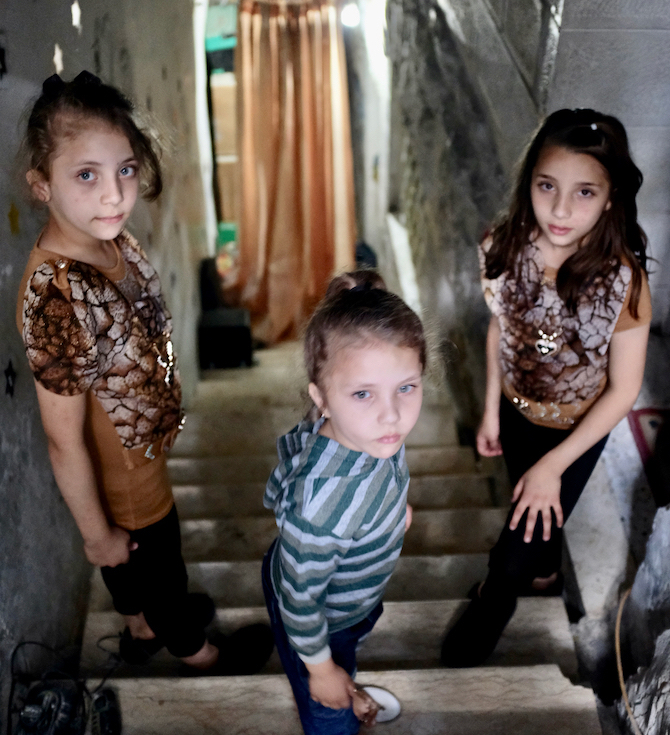
In these uncertain, worrying times of aggressive, intrusive pandemic, practices such as maintaining basic hygiene, social distancing, self-isolation, and working from home, are rendered indispensable to slowing the spread of the virus and keeping ourselves and others safe. While for some, adhering to rules provides an opportunity to unwind, reflect, read, reconnect, be creative, and work from the comfort of home, for many this is not the case. Hundreds of thousands of people around the world are forced to live in compromised housing conditions and compromised health. The brutal socio-economic inequalities violently produced by the capitalist and neoliberal system force low-paid workers to choose between hardship and the risk of contracting COVID-19.

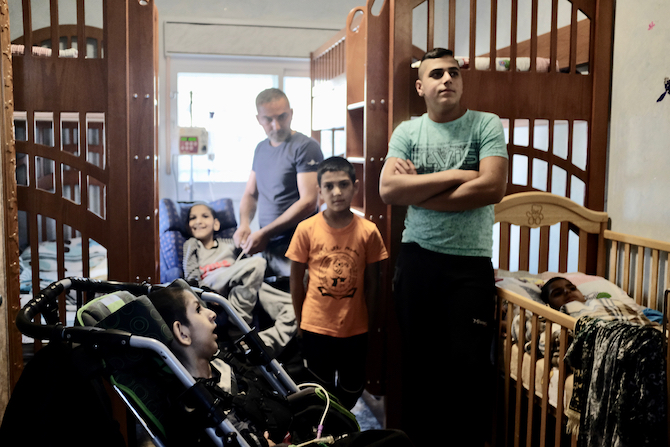
In occupied East Jerusalem, racialised and politicised land and planning policies, lack of public housing, an unaffordable housing market, along with residency revocation, force many to live in inadequate, overcrowded, and damp housing conditions and/or at risk of home demolition. This is especially the case in the Old City and the neighbourhoods around it. Between 100,000 to 150,000 (about a third of Palestinian Jerusalemites) live in Kafr Aqab and Shufat Refugee Camp (RC) area, two neighbourhoods cut off from Jerusalem by military checkpoints and an 8-9 metre high concrete barrier (also known as the Apartheid Wall) that Israel started to construct in 2002, purportedly on security grounds, and which since have experienced exponential population growth. Despite the veneer of modernity and spaciousness of the flats in the majority of the new high-rise building blocks in both Kafr Aqab and Shufat RC area, these are densely packed, built with little to no regard to planning regulations, health and safety, or public wellbeing. Only 44 percent are formally connected to the water network. Primary healthcare is subcontracted and specialised and emergency health services are only available in Jerusalem.
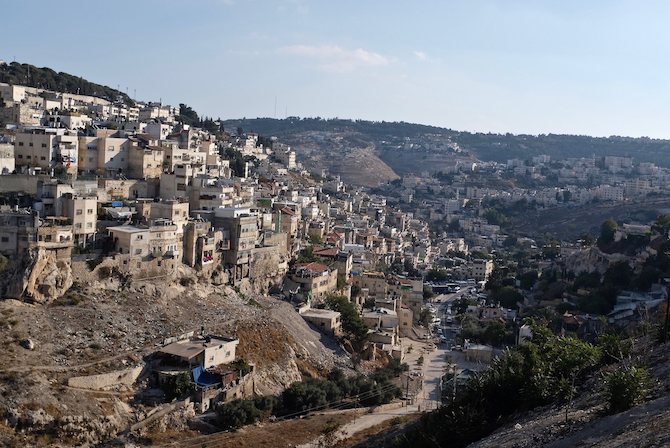
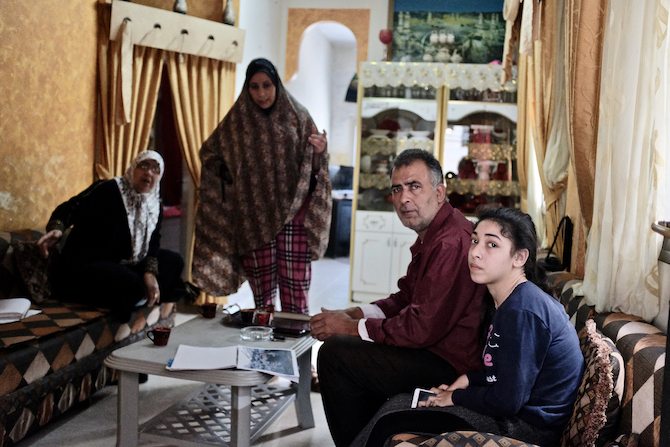
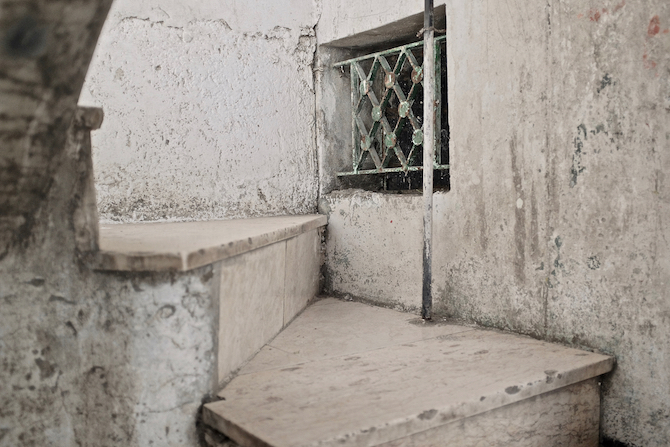
About 72 per cent of Palestinians and 81 per cent of their children live below the poverty line, compared to 26 and 36 percent of Israeli families in the city. Health inequalities also persist: life expectancy in Israel was 82.85 years in 2018, and 73.9 years in the occupied Palestinian territory (oPt) in 2017. Infant mortality rate was 2.9 per 1,000 live births in Israel and 17.9 in the oPt in 2017.[1] According to the World Health Organization (WHO), noncommunicable diseases, such as diabetes, lung disease, heart disease and cancer accounted for more than two-thirds of deaths in the oPt in 2018.
When Disinfection and Testing become Criminal Offences
Racial hierarchy was once again evident in Israel’s response to COVID-19 pandemic. Measures to contain the virus were significantly delayed and were not applied with the same urgency. As a result, local Palestinian NGOs and volunteers mobilised to respond to the virus. They formed three different types of committees: information technology, social media, and volunteers. Their activities included raising awareness, disinfecting public spaces, reaching out to businessmen to fund the opening of a hotel designated especially for hosting COVID-19 patients, and setting up medical tents at two Palestinian hospitals to check the temperature of patients before letting them in. Yet, some interventions, such as sanitising neighbourhoods, were not welcomed by Israel. In the name of maintaining sovereignty, activists and political figures were arrested on suspicion of working for the Palestinian Authority (PA), which is considered illegal by Israel.[2] In early April, when a testing facility was opened in the densely populated neighbourhood of Silwan, where 40 cases were already confirmed and where health professionals have been warning of severe consequences of a rapid spread of the virus, the facility was raided by the Israeli police who not only shut it down but also arrested activists involved in setting it up on the grounds that testing kits were provided by the PA. Testing facilities in Kafr Aqab and Shufat RC area were opened only after Adalah, the Legal Centre for Arab Minority in Israel, petitioned Israel’s Supreme Court. As of 20 April, it was not clear whether Israel’s Ministry of Health would include East Jerusalem in its already existing plans for relocating mild cases to ‘corona hotels,’ hotels designated for quarantine.[3]
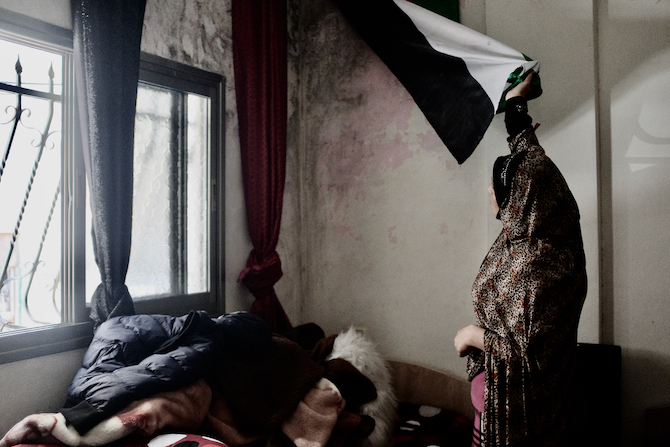
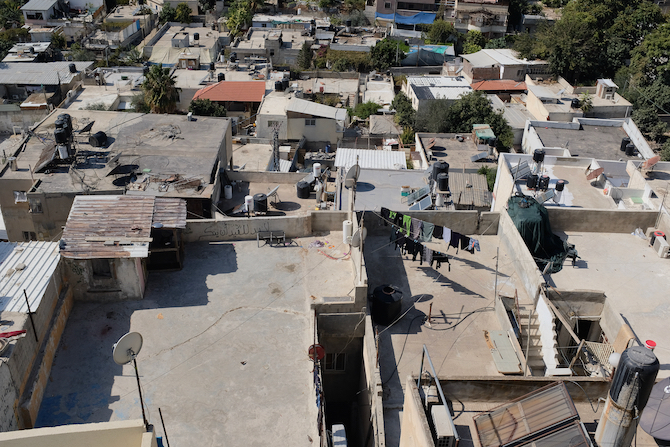
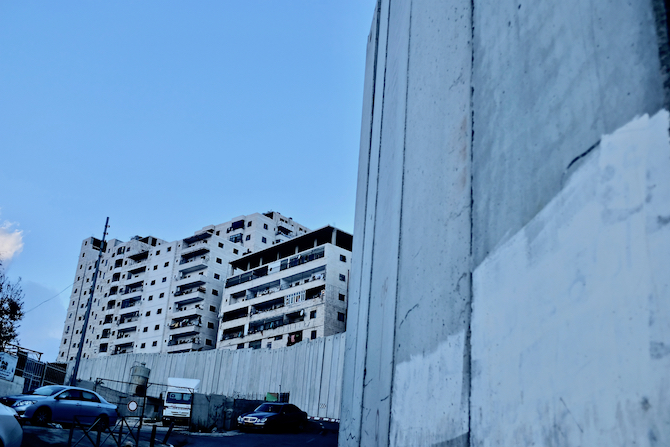
Language barrier has represented another mode of exclusion. The Ministry’s contact tracing app is only available in Hebrew. So are the online applications for council tax discount and unemployment benefits. This is particularly challenging as tens of thousands of workers were furloughed or sent home, many of whom are the sole breadwinners in their families.
The invisible/visible virus is indiscriminate but its impact is disproportionate, bringing to the fore the intersectionalities of class, race, coloniality and postcoloniality, the social determinants of health, those whose lives are dispensable and those worthy of living, as well as questions around the commodification of housing, city design and urban planning. It is stripping bare the incapability of the neoliberal, capitalist system and colonial regimes to respond humanely, adequately and timely to a pandemic. The question is whether this large-scale crisis will allow for hopeful, humane and just opportunities to emerge. The pictures in this photo-essay are part of a project I completed for the WHO on the social determinants of health. Some were taken in Silwan, a densely populated neighbourhood of about 20,000 residents (2017), close to the Old City of Jerusalem. Silwan has been at the heart of settler activity and forced evictions in Jerusalem where, according to UN Office for the Coordination of Humanitarian Affairs (UN OCHA), 421 Palestinians are at risk of eviction as of July 2019. As well as becoming homeless, evicted Palestinian families incur hefty financial damage. Ilham Siyam and her four adult children who lost their home in July 2019 after a 25-year-long legal battle were asked to pay to Elad settler organisation and the court a legal-related cost of NIS 122,000 (US $34,480). Another NIS 400,000 (US $113,051) has been demanded by Elad as a retroactive rent. The pictures show the base conditions that many Palestinians inhabit (from the overcrowding to mould to issues of accessibility) – conditions that shape the prospects for life and death in an age of COVID-19.
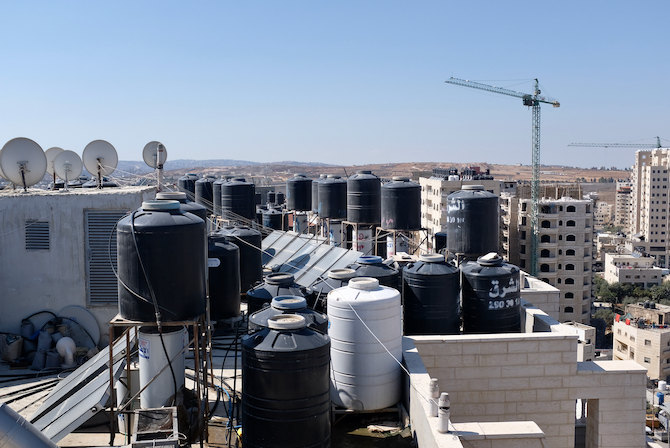
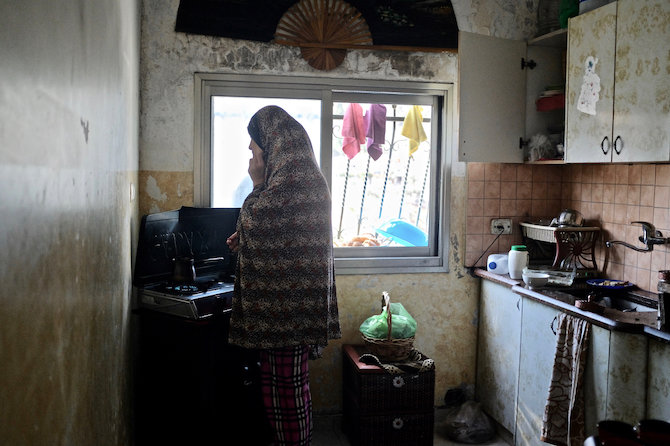
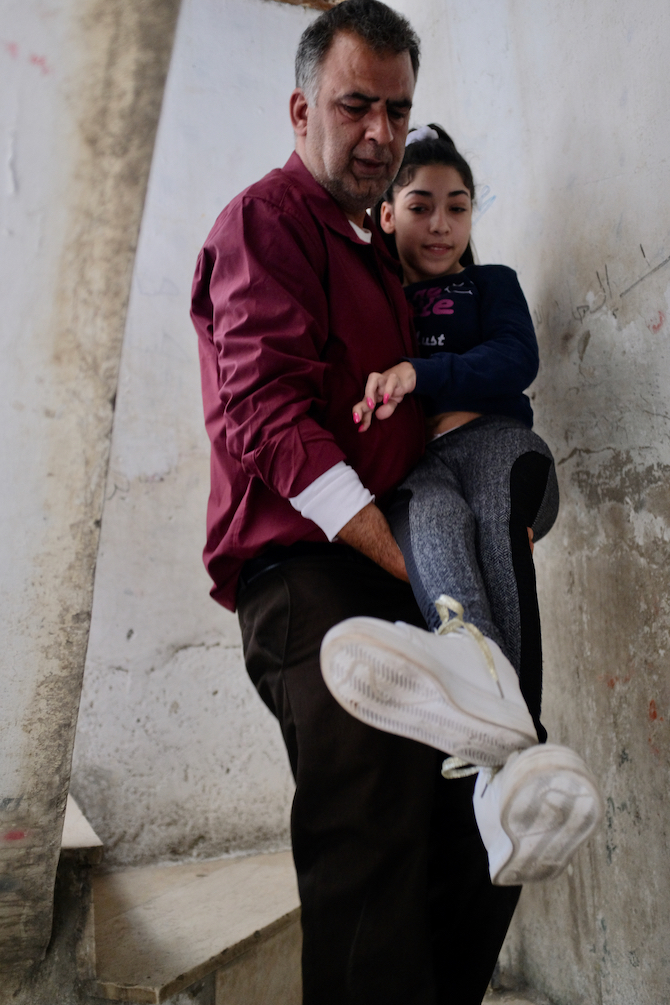
[1] Author found no disaggregated data on occupied East Jerusalem.
[2] According to UN OCHA bi-weekly reports, between 31 March and 27 April, Israeli forces arrested 82 Palestinians in East Jerusalem and conducted about 70 search and arrest operations. It is not clear however whether the arrests were COVID-19 related, as no details were provided on reasons for arrest.
[3] Haaretz reported that in early May the Jerusalem municipality headed by Mayor, Moshe Leon, distributed thousands of food parcels in East Jerusalem. It also reported a regular collaboration between local volunteers and the municipality, including maintaining contact with directors of hospitals in East Jerusalem and providing them with equipment. Meanwhile, Leon announced he would be appointing a far-right councillor and politician, Arieh King, as his deputy. King is known for his settlements activities in the city including forcible eviction of Palestinian families. He also had run for Parliament elections with the extreme-right wing and racist Kahanist Otzma Yehudit (Jewish Power) party.
This visual essay was originally published on Progressive City. It is re-published here with the kind permission of the author, whose work can be found at manalmassalha.com



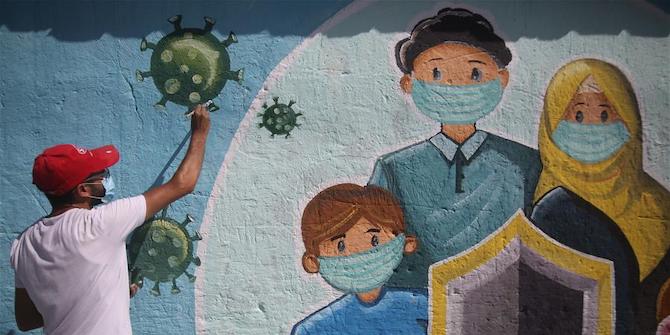



1 Comments